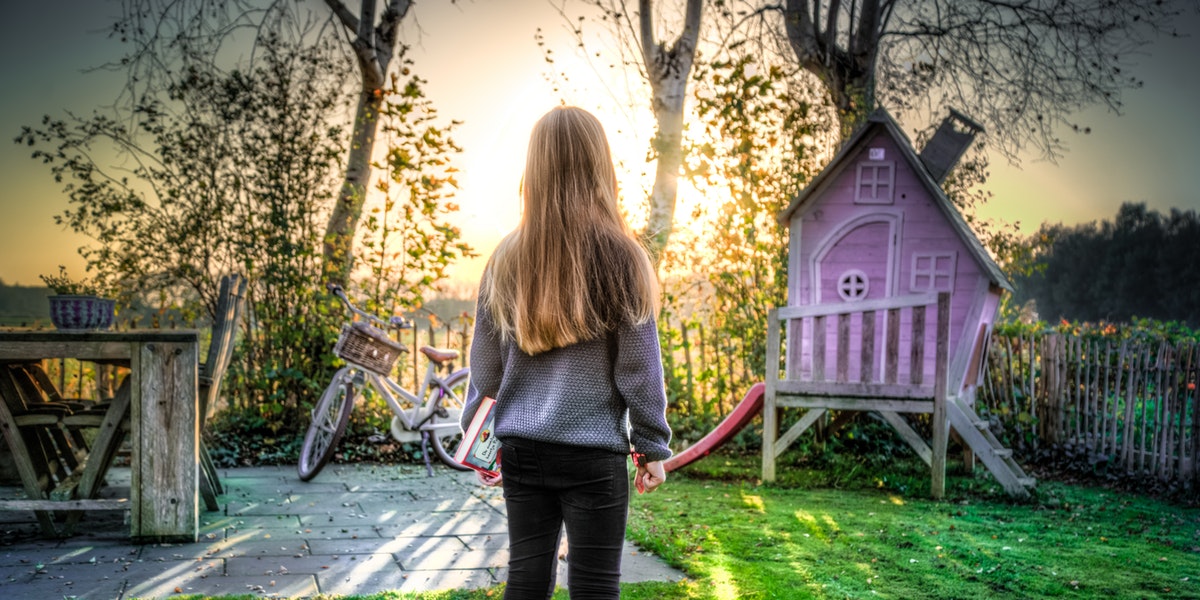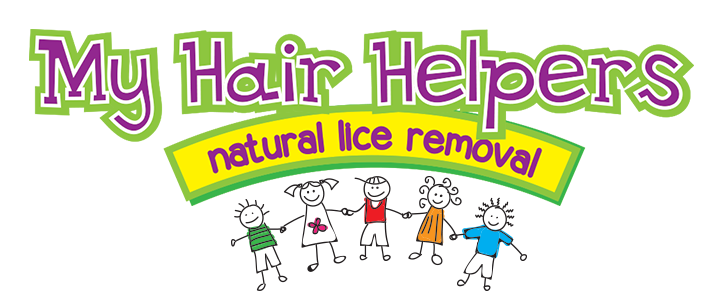When you discover that your child’s friend has head lice, your initial reaction may be to cancel all interactions. Doing this, however, wouldn’t eliminate the risk of your child getting head lice. Plus, it would hurt the child’s feelings! Is there a better way to handle things? Actually, there is.
To understand what makes like contagious, it’s important to know their lifecycle. Let’s go over the basics of head lice, how most cases are spread and ways to stop an infestation.
How Contagious are Lice, Really?
Lice are only contagious when a person is carrying an adult female fertilized louse because she is the one with eggs. If she crawls onto another host’s head and lays eggs, it will start a new infestation. But, if a male louse or any other unfertilized louse crawls onto someone else, they can’t continue the lifecycle. The louse will live up to 30 days and then die.
More than 90 percent of head lice cases are spread from head-to-head contact, such as when hugging, reading books together or taking selfies. Lice can’t fly or jump, so they must crawl their way to a new host. It’s rare for lice to be transferred from a pillowcase or helmet, but it’s good practice for your child not to share these items.
If My Child’s Friend Has Lice, Will they Get it, Too?
If your child has hair on their head, there’s always a possibility of getting head lice. Lice like all types of hair – long or short, straight or curly, clean or dirty. Lice are also commonly spread at school, daycare, summer camp, sleepovers, etc.
In reality, your child has probably come into contact with lice many times without you realizing. Having a friend with lice doesn’t change anything. However, this is a good time to discuss the best lice prevention tips that should be used at all times.
Ways to Stop the Spread of Lice
The best way to fight head lice is to be proactive. Here are the things your child can do while their friend has lice – and every day after that!
- Keep your daughter’s hair pinned up in braids and buns.
- Use a mint lice repellent. Lice hate the smell, but we love it!
- Don’t share brushes, hats, helmets, hair accessories, etc.
- Wet comb the hair at least once a week. This allows you to find nits very early before your child can spread lice.
- If you do find nits in your child’s hair, get everyone in your household checked for lice.
- Communicate with others (parents, school, neighbors) so they have a chance to protect their kids from lice.
- Avoid over-the-counter products that tend to be high in chemicals and not effective. Use a lice treatment product that contains dimethicone like My Hair Helpers. It’s safe and effective.
It can be unsettling when you find out your child’s friend has lice, but it doesn’t have to ruin their friendship. Talk to your child about good practices and be vigilant by using a mint lice repellent spray and combing their hair each week. Other than that, let the kids play!


